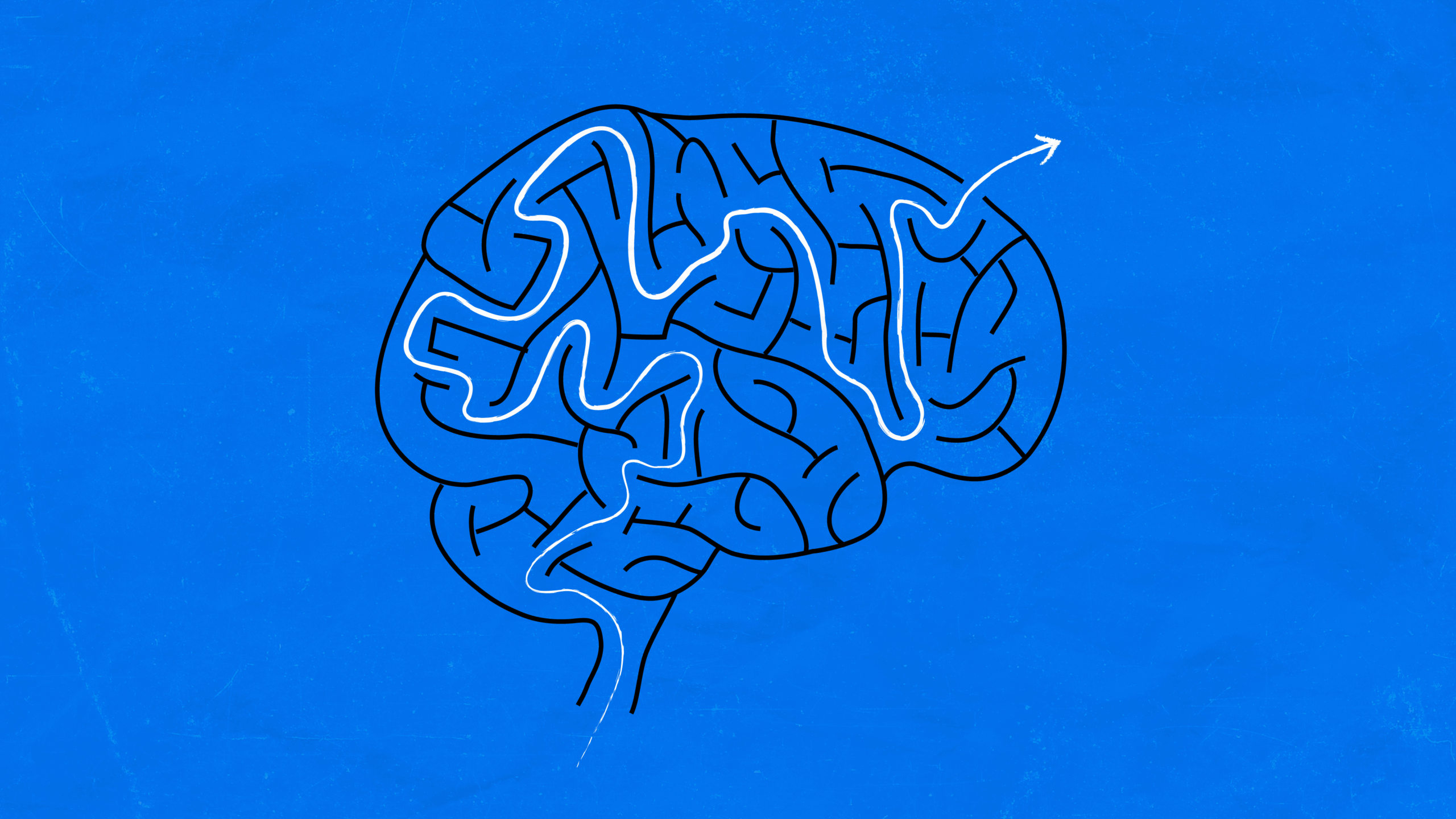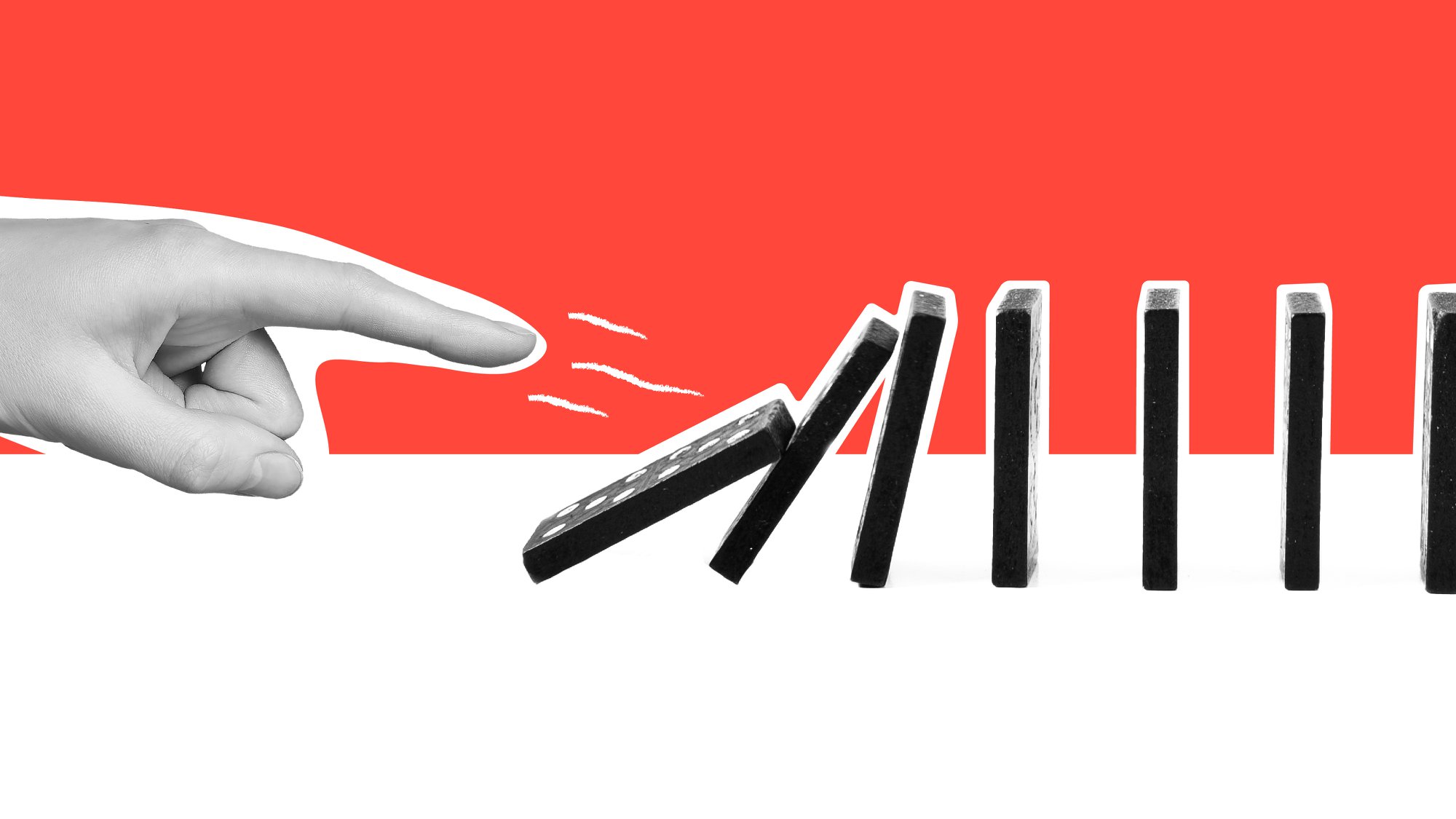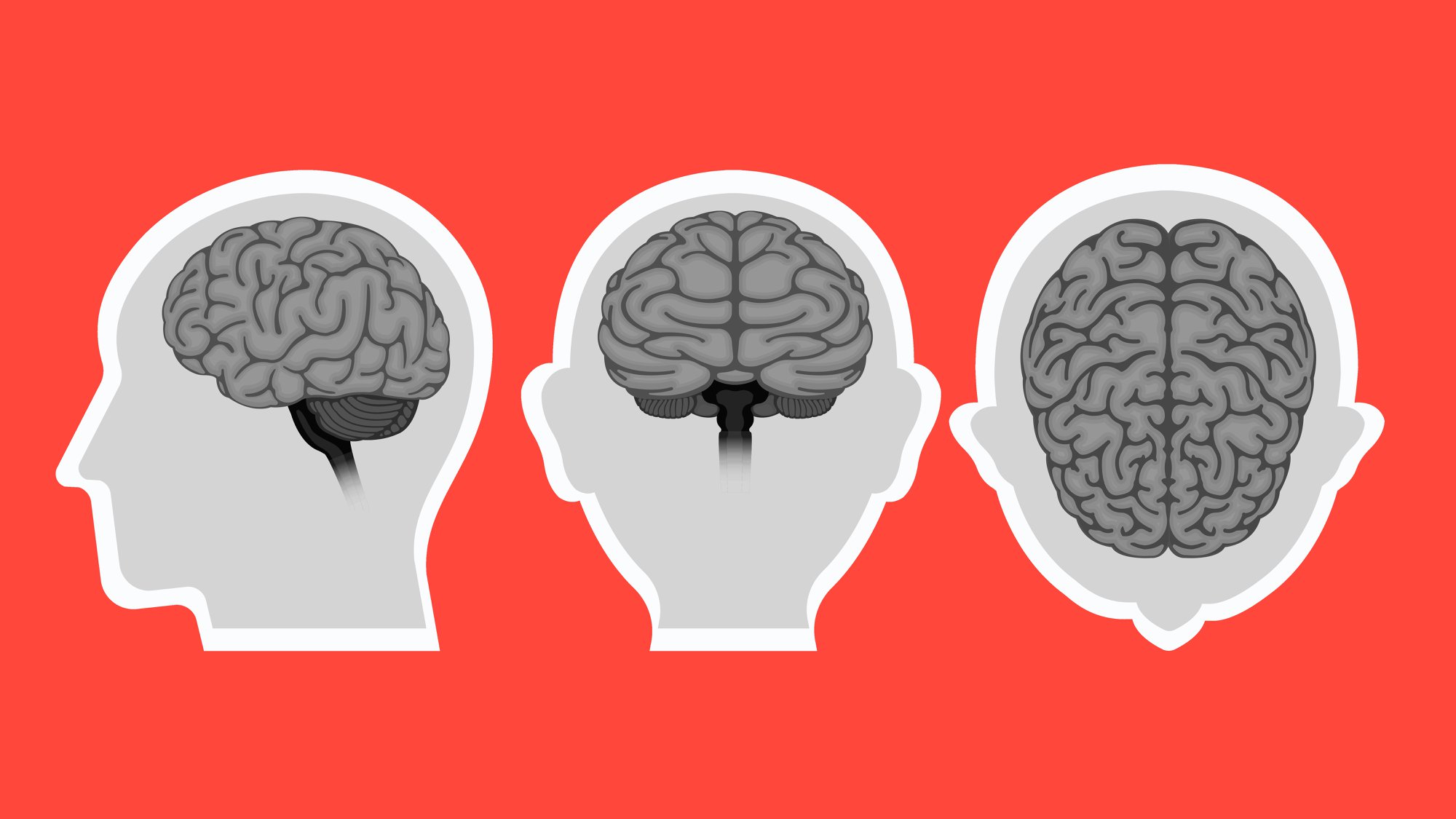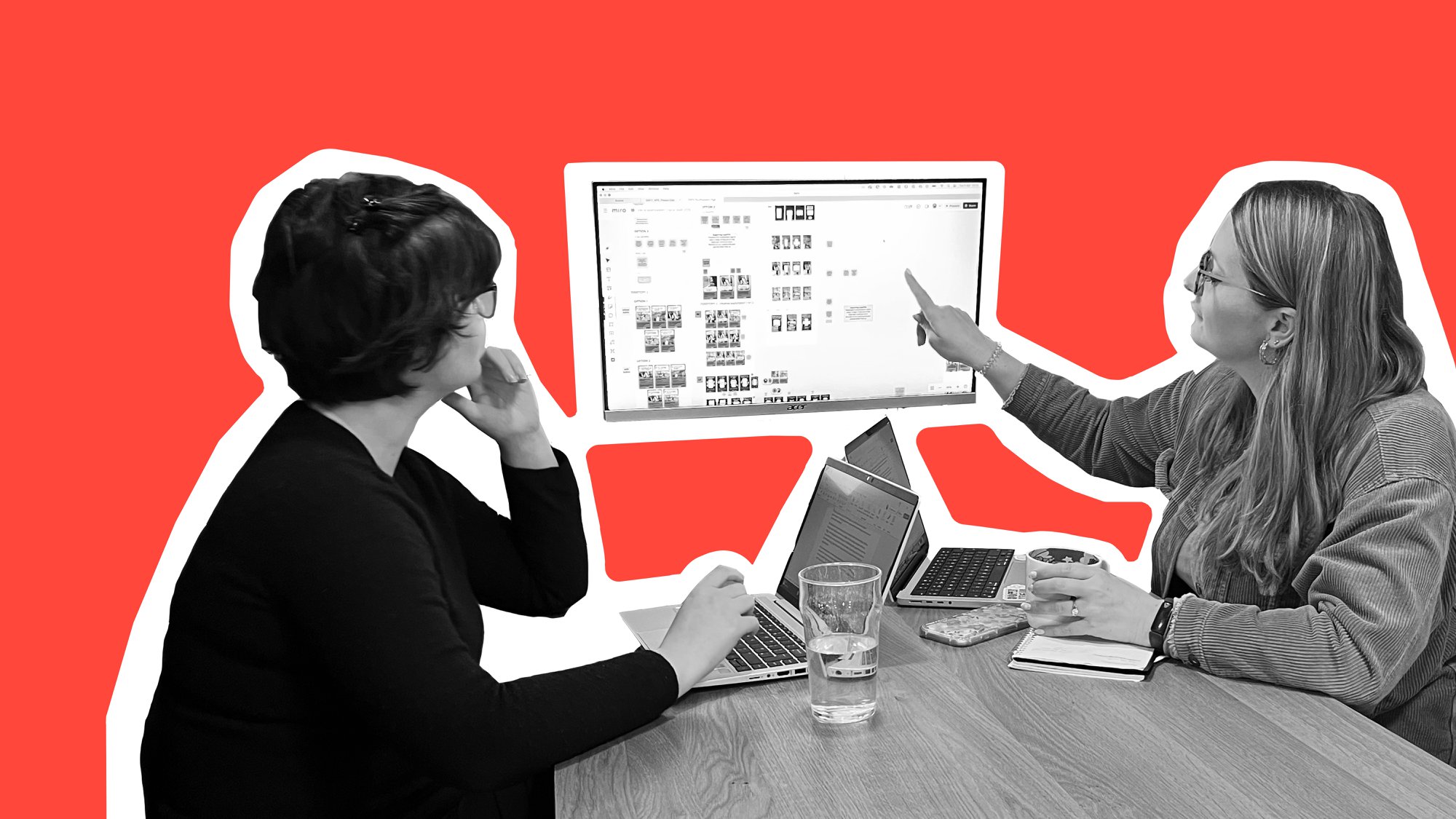Me, Myself and I-dentity
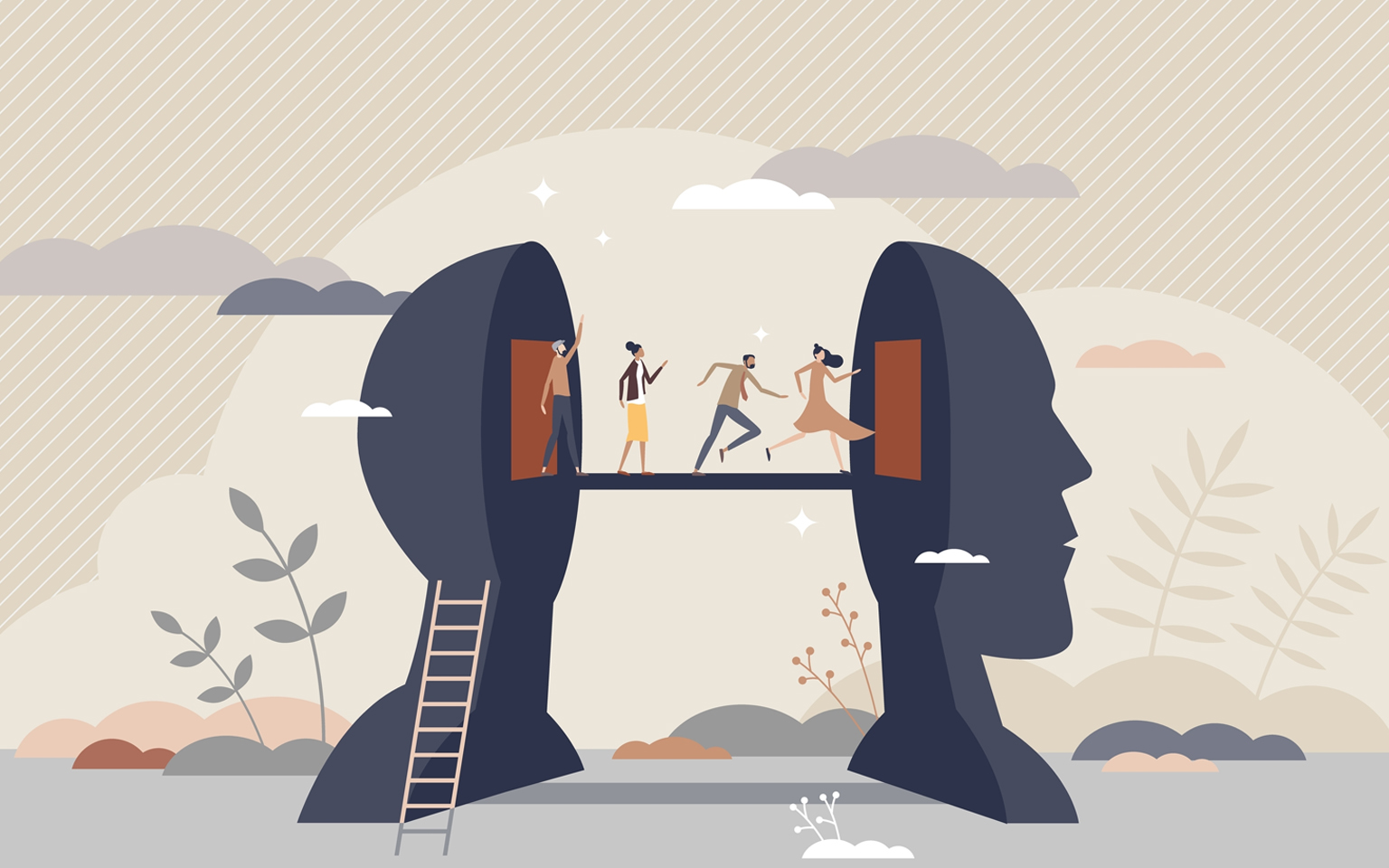
Ever feel like there are several people inside your head? Well, it turns out, there might just be.
Our brains are constantly trying to make sense of who we are, as well as the world around us. As if this wasn’t hard enough, the former is made all the more challenging by the fact that there are multiple versions of the “self” we’re trying to calibrate:
• Our actual (or experienced) self: who we actually are/what we actually experience
• Our ideal self: (who we want/aspire to be)
• Our perceived-self: (how we want others to see us)
Self-Discrepancy Theory (Higgins 1987) also alludes to an “ought” self which represents who we feel we ought to be. Each of these versions of the self comprises various facets including personality traits (e.g. conscientious), relational roles (e.g. a good employee), physical traits (e.g. good health), values (e.g. prioritising integrity) and behaviours (e.g. the things we do).
When the different versions of the self are not aligned, we’ll often experience an inner state of tension. Just think about your own lives for a moment and I’m sure you can find a time when you’ve experienced this recently. Perhaps you’ve felt a low mood at some point – your actual/experienced self will have felt downbeat. Your ideal self, I suspect, would have wanted to feel happy, or at the very least, not downbeat. Your ought self may have reflected that you should be happy, given the blessings you have in life. Meanwhile, your perceived-self may have wanted to project a more resilient face to some people, while feeling safe enough to share the real experience of low mood with others – much would have depended on the context and who you were with.
This interplay between the different versions of the self is a dynamic and ever-changing process. Securing the holy grail of alignment between the four provides a sense of liberation and equilibrium. You’ll also find this alignment conserves energy, after all, there is no need to work out how to reach your ideal (you’re already experiencing it) and there is no need to spend energy portraying a different version of yourself to others. This is akin to allowing someone to see through the window of your life, rather than expending the effort painting a carefully curated picture for them.
This state of equilibrium is part of the reason businesses stand to benefit so significantly from getting their workplaces and working cultures right. If employees can feel safe enough to bring their authentic self to work instead of adopting some form of professional persona, they have more energy (to work). If they are doing the kind of work they’d like to do, and are happy with the path they’re on then, again, they can channel that liberated energy into their work and life.
And what about brands. What do they have to do with our identity?
As it transpires, quite a bit.
First and foremost, brands can provide a way of re-affirming (to ourselves) who we are. Well-positioned brands inherently drive a particular set of associations. We’ll often buy certain brands because they reflect who we are. This, in turn, can facilitate a genuine connection with them.
Sometimes we buy brands because they more closely represent an ideal version of ourselves that we want to be. If I’ve left an office job using Windows my entire career and want to become more creative, I might buy an Apple Macbook due to its notoriety for enabling creativity. The brand, through its cleverly crafted and communicated associations, can edge us closer to that ideal self. In some research I’ve previously conducted, I found that people would sometimes buy aspirational brands as a commitment device to develop themselves in a particular way. A memorable example of this was a participant who purchased a more reputable brand of walking boots to commit to hiking more.
And while brands can both reaffirm who we are and facilitate a bridge towards our ideal selves, they also play a social role. They unconsciously communicate to others about who we are. “I am the kind of person who has/wears/uses/buys Brand X”.
You’ll see this being leveraged by certain brands which focus much of their customer retention efforts on building communities. This is done (amongst other reasons) to reinforce the feeling of group membership in order to motivate group-loyal behaviour.
Interestingly, these social roles can play out differently in different contexts – a city banker may feel like their high-end Rolex signals their competence amongst peers but, amongst a different social crowd, they may fear being outcast as a “flashy so and so”. As you’ve hopefully gleaned from previous writings by now, context matters.
So how can we make use of this in the workplace?
1) First and foremost, it can help to recognise and understand that we, and the people we serve (clients and customers), all have these different versions of the self we are trying to calibrate.
2) Through employee engagement, workforces can bring these different versions of the self into alignment to produce happier, more fulfilled, healthier and more productive workforces.
3) Understanding if and (subsequently) how your brand fits within the identity formation of your customers provides growth opportunities.
We all too often fail to see our business challenges through a human lens. Only by understanding the way we think – our underling psychology and what shapes our behaviour, can we address these challenges in a truly effective manner.
—–
The Team have been in the business of creating brands and design experiences that drive positive change for 40 years. Specialising in brand strategy, employee engagement and brand activation, we are a blend of consultants, strategists, and designers who connect people to brands to drive business success.
Using insight, behavioural science and our unique approach to brand, we work with you to create trust with the people that matter most.

